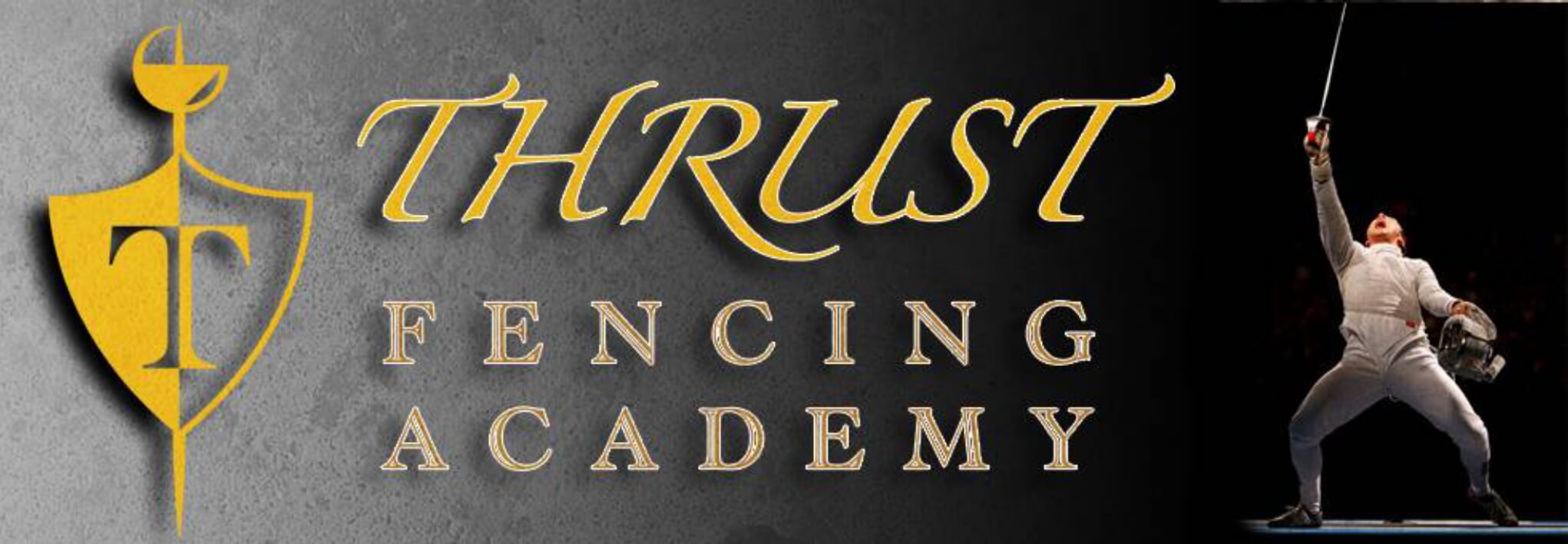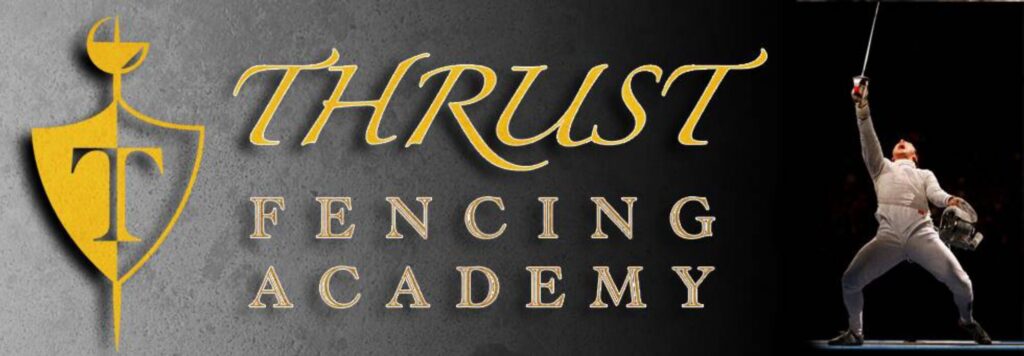x statistic (73) by recomputing the statistic for random sets of SNPs in matched 5% derived allele frequency bins (polarized using the chimpanzee reference gnome panTro2). For each bootstrap replicate, we keep the original effect sizes but replace the frequencies of each SNP with one randomly sampled from the same bin. Unlike the PRS calculations, we ignored missing data, since the Qx statistic uses only the population-level estimated allele frequencies and not individual-level data. We tested a series of nested sets of SNPs (x axis in Fig. 5), adding SNPs in 100 SNP batches, ordered by increasing P value, down to a P value of 0.1.
Artificial GWAS Data.
We simulated GWAS, generating causal effects at a subset of around 159,385 SNPs in the intersection of SNPs, which passed QC in the UK Biobank GWAS, are part of the 1240 k capture, and are in the POBI dataset (84). We assumed that the variance of the effect size of an allele of frequency f was proportional to [f(1 ? f)] ? , where the parameter ? measures the relationship between frequency and effect size (85). We performed 100 simulations with ? = ?1 (the most commonly used model, where each SNP explains the same proportion of phenotypic variance) and 100 with ? = ?0.45 as estimated for height (85). We then added an equal amount of random noise to the simulated genetic values, so that the SNP heritability equaled 0.5. We tested for association between these SNPs and the simulated phenotypes. Using these results as summary statistics, we computed PRS and Qx tests using the pipeline described above.
Top is extremely heritable (ten ? ? ? –14) and that amenable so you’re able to hereditary data of the GWAS. That have test designs out of thousands of someone, GWAS features recognized hundreds of genomic alternatives that are rather associated towards the phenotype (fifteen ? –17). Although the personal effectation of each one of these variations is small [toward acquisition from ±one or two mm for each variant (18)], the integration are highly predictive. Polygenic exposure scores (PRS) constructed because of the summing with her the consequences of the many height-associated versions carried because of the an individual can today establish well over 30% of phenotypic variance from inside the populations out of European origins (16). Ultimately, this new PRS will likely be regarded as an estimate out of “genetic top” one to predicts phenotypic height, at the very least inside populations directly pertaining to those in which the GWAS is actually did. One major caveat is the fact that predictive fuel regarding PRS is lower in other communities (19). This new the total amount to which differences in PRS between communities are predictive out-of population-peak differences in phenotype is currently unclear (20). Current studies have exhibited that such as variations will get partially become artifacts off correlation ranging from ecological and you can genetic build from the brand spanking new GWAS (21, 22). These studies and advised recommendations getting PRS evaluations, for instance the use of GWAS summation statistics from large homogenous training (in the place of metaanalyses), and replication off results using sumily analyses which might be sturdy so you can population stratification.
Polygenic Options Sample
Alterations in height PRS and you will stature using time. For each section try an old individual, white lines inform you fitted beliefs, grey town is the 95% confidence interval, and you will packages tell you factor rates and you may P beliefs for difference between form (?) and slopes (?). (A–C) PRS(GWAS) (A), PRS(GWAS/Sibs) (B), and you can skeletal stature (C) which have ongoing viewpoints from the EUP, LUP-Neolithic, and post-Neolithic. (D–F) PRS(GWAS) (D), PRS(GWAS/Sibs) (E), and you may skeletal prominence (F) showing an excellent linear trend between EUP and you can Neolithic and you will yet another development on article-Neolithic.
Alterations in sitting-height PRS and you may seated height thanks to day. For each part is a historical individual, traces tell you fitting values, gray town ‘s the 95% depend on interval, and boxes show factor rates and you can P thinking to own difference in means (?) and you can mountains (?). (A–C) PRS(GWAS) (A), PRS(GWAS/Sibs) (B), and skeletal sitting height (C), with lingering opinions from the EUP, LUP-Neolithic, and you may blog post-Neolithic. (D–F) PRS(GWAS) (D), PRS(GWAS/Sibs) (E), and skeletal seated top (F) indicating good linear trend anywhere between EUP and you can Neolithic and you will another type of pattern about blog post-Neolithic.
Qualitatively, PRS(GWAS) and you will FZx inform you similar models, decreasing by way of big date (Fig. cuatro and you will Lorsque Appendix, Figs. S2 and you may S3). There’s a life threatening lose when you look at the FZx (Fig. 4C) regarding Mesolithic to help you Neolithic (P = step one.2 ? 10 ?8 ), and you can once more in the Neolithic to publish-Neolithic (P = step 1.5 ? ten ?thirteen ). PRS(GWAS) for hBMD minimizes significantly regarding the Mesolithic to help you Neolithic (Fig. 4A; P = 5.5 ? 10 ?a dozen ), which is duplicated in the PRS(GWAS/Sibs) (P = 7.dos ? ten ?10 ; Fig. 4B); neither PRS shows evidence of drop-off involving the Neolithic and post-Neolithic. I hypothesize one to both FZx and hBMD taken care of immediately brand new reduction inside versatility you to definitely used the fresh new adoption off agriculture (72). Particularly, the reduced genetic hBMD and you may skeletal FZx off Neolithic compared to Mesolithic populations elizabeth improvement in ecosystem, while we don’t know new the total amount that the change in FZx is actually determined by the hereditary or plastic material developmental reaction to environment transform. While doing so, FZx will continue to disappear between the Neolithic and post-Neolithic (Fig. cuatro C and you may F)-which is not mirrored on European Sites dating hBMD PRS (Fig. 4 A good, B, D, and you can Age). That options is the fact that dos phenotypes answered in different ways on post-Neolithic intensification off agriculture. Several other is that the nongenetic part of hBMD, and this we really do not get here, plus went on to decrease.
Our very own show indicate 2 significant episodes regarding change in hereditary height. Basic, there was a reduction in condition-peak PRS-but not sitting-level PRS-between your EUP and you may LUP, coinciding that have a substantial society replacement (33). These hereditary transform was similar to the decrease in stature-motivated by base length-found in skeletons during this time (cuatro, 64, 74, 75). You to opportunity is that the stature reduction of the latest ancestors out of the LUP populations could have been transformative, determined from the changes in money supply (76) or even a cooler climate (61)parison between habits off phenotypic and hereditary adaptation suggest that, toward a general level, version during the body proportions among introduce-day anybody reflects version in order to ecosystem mainly collectively latitudinal gradients (77, 78). EUP communities in European countries will have moved seemingly has just out-of alot more south latitudes along with system dimensions that are typical out-of expose-day warm communities (75). Brand new communities that changed them would have had longer so you’re able to adapt to the newest cooler weather from northern latitudes. At the same time, we do not look for genetic evidence to own possibilities into prominence throughout the now several months-suggesting your alter might have been natural and never transformative.

